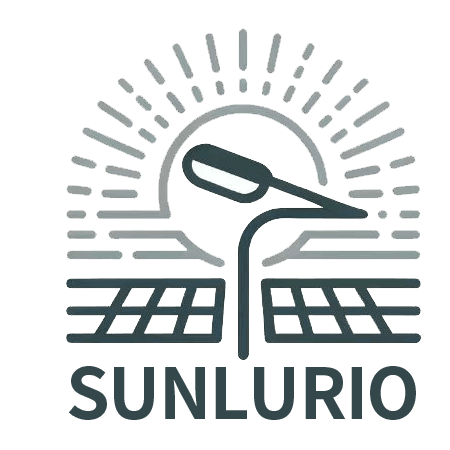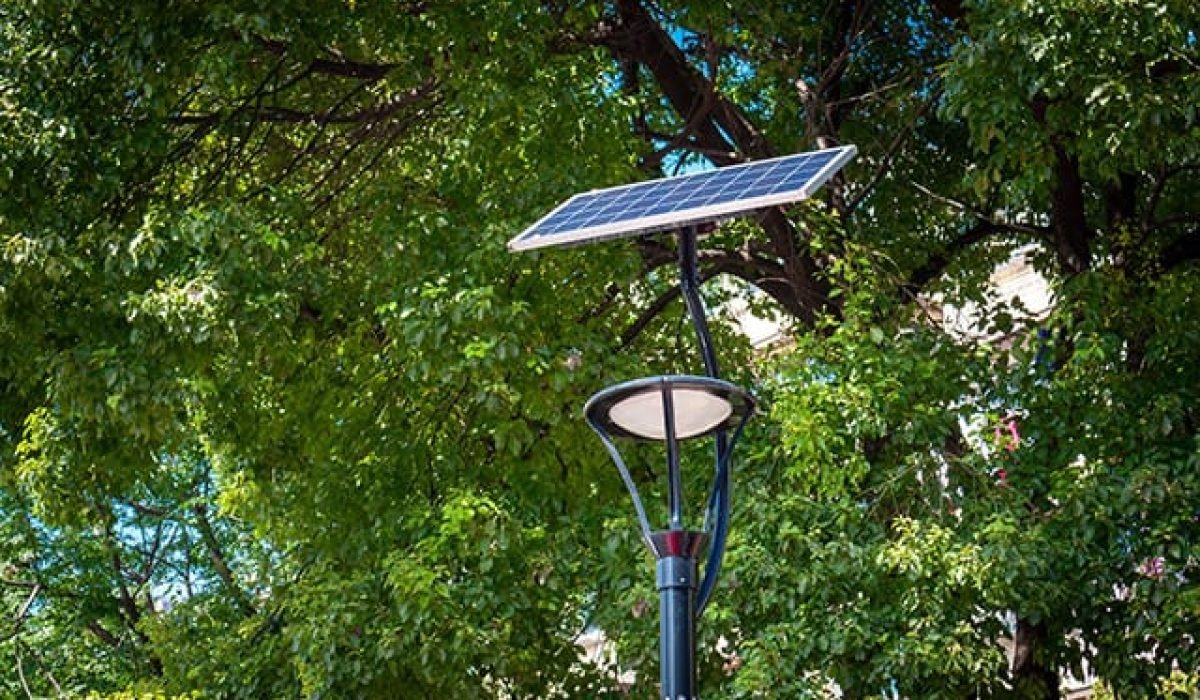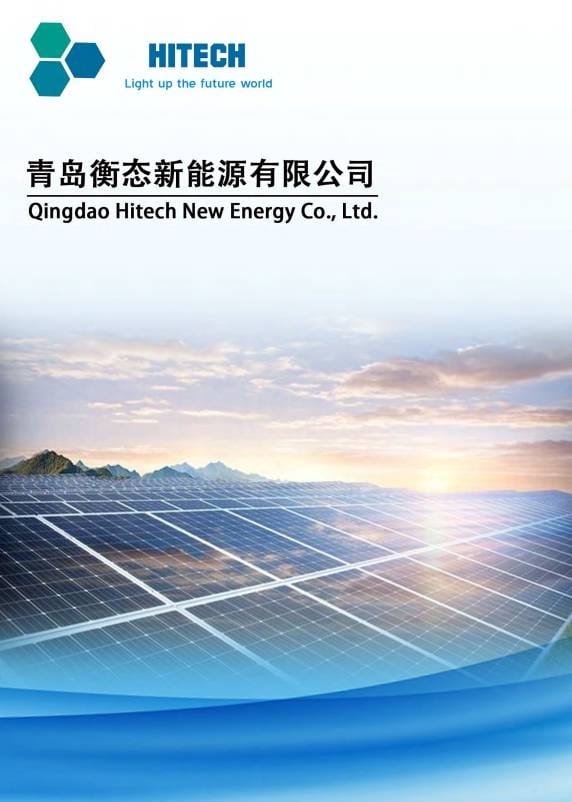MPPT (Maximum Power Point Tracking) solar controllers are standalone devices designed to optimize energy output from solar panels, while inverters with built-in MPPT integrate energy optimization and power conversion into a single compact unit.MPPT controllers offer greater flexibility and performance for large systems MPPT controllers offer greater flexibility and performance for large systems, while built-in MPPT inverters are ideal for small to medium installations seeking simplicity and cost efficiency.
This guide will help you understand these technologies to make an informed decision for your solar energy setup.
Understanding MPPT Solar Controllers
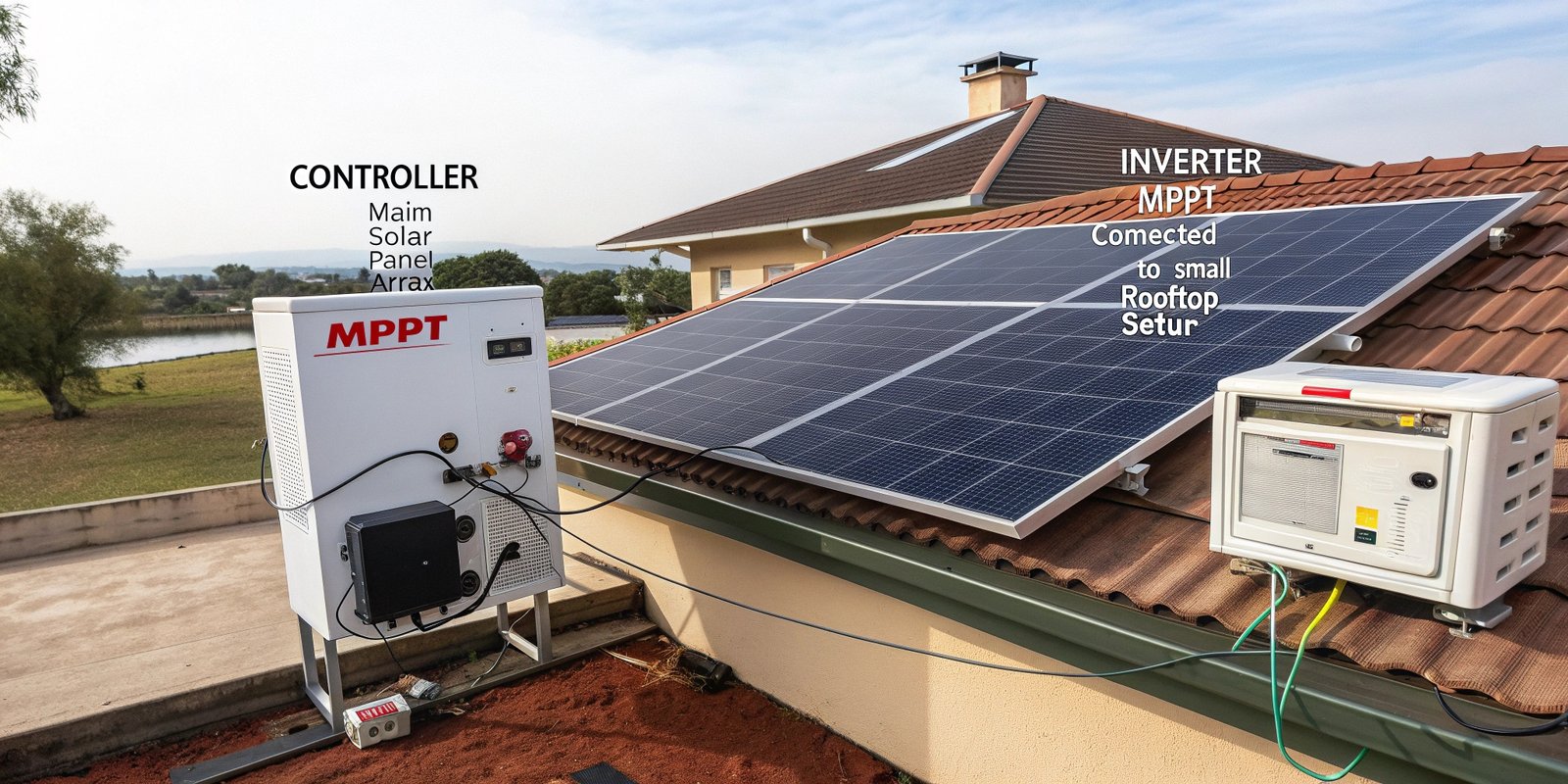
MPPT solar controllers are standalone devices that optimize the energy output from solar panels by ensuring they operate at their maximum power point. This process involves dynamically adjusting the voltage and current to match the optimal operating conditions for the panels.
Key Benefits of MPPT Solar Controllers
- High Efficiency: Achieves up to 99% efficiency by continuously adjusting to environmental changes.
- Independent Operation: Works separately from inverters, providing flexibility for diverse solar setups.
- Durability and Maintenance: Modular designs allow easy replacement or upgrades, ideal for large systems.
MPPT solar controllers excel in large and complex systems, providing maximum performance and adaptability across diverse environmental conditions.
Exploring Inverters with Built-in MPPT
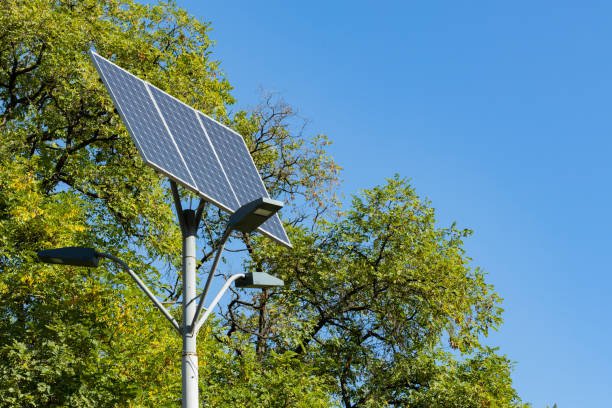
Inverters with built-in MPPT integrate the optimization functionality of MPPT technology directly into the inverter, which converts DC electricity from solar panels into AC electricity for homes or businesses. This combined design streamlines system setup and reduces the number of components required.
Advantages of Inverters with Built-in MPPT
- Compact and Space-Saving: Combines MPPT tracking and DC-to-AC conversion in one unit.
- Simplified Installation: Fewer components reduce setup time and costs.
- Cost-Effective for Small Systems: Perfect for residential or light commercial applications.
Inverters with built-in MPPT are ideal for small to medium-sized solar systems, offering simplicity, reduced costs, and space efficiency.
Comparing MPPT Solar Controllers and Inverters with Built-in MPPT

| Aspect | MPPT Solar Controller | Inverter with Built-in MPPT |
|---|---|---|
| Design | Standalone, independent unit | Integrated within the inverter |
| System Size | Ideal for large and complex setups | Best for small to medium systems |
| Flexibility | Highly adaptable to different panels | Limited adaptability |
| Installation | Requires separate space and connections | Compact, easy to install |
| Cost | Higher initial investment | More economical for small systems |
| Scalability | Easily expandable | Limited expandability |
MPPT solar controllers offer unmatched performance for complex setups, while inverters with built-in MPPT are optimal for smaller systems prioritizing simplicity.
Choosing the Right Solution
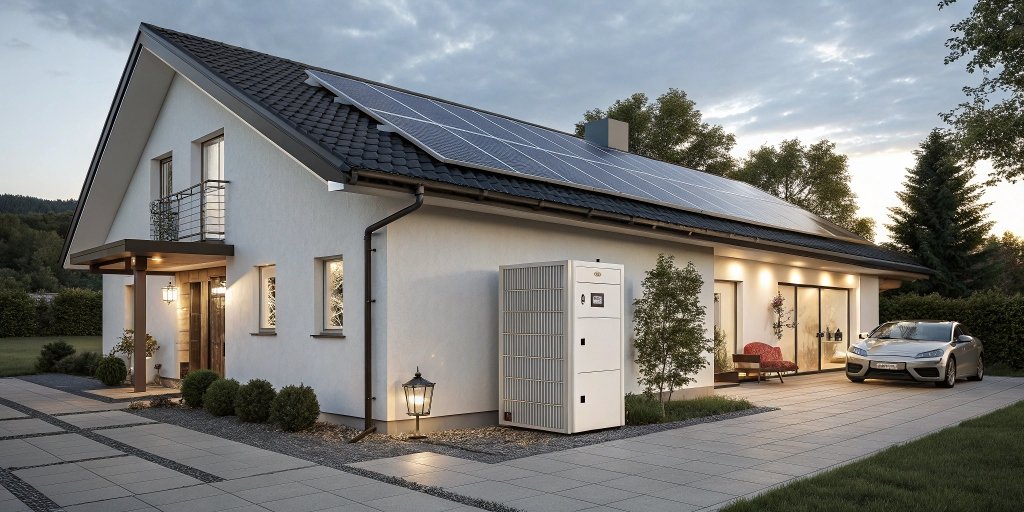
The choice between an MPPT solar controller and an inverter with built-in MPPT depends on your system’s size, complexity, and budget:
When to Choose an MPPT Solar Controller
- Large-scale installations with multiple panels and diverse configurations.
- Systems requiring high adaptability in challenging environmental conditions.
- Projects with sufficient budget and installation space.
When to Choose Inverters with Built-in MPPT
- Small to medium-sized systems with limited space.
- Residential or commercial setups prioritizing simplicity and cost efficiency.
- Installations requiring a compact and streamlined solution.
Conclusion

MPPT solar controllers are ideal for large, complex systems, offering superior performance and flexibility. In contrast, inverters with built-in MPPT are perfect for small-scale setups seeking simplicity and cost savings. Evaluate your specific needs, including system size, budget, and environmental conditions, to make the right choice for your solar energy setup.
